If one were to use new hotels and resorts design as yardstick, it is clear that the style pendulum has swung from extravagant to experiential where luxury travel accommodation is concerned. While the gilded palaces still exist, a tight circle of curated spaces has formed around them, highlighting locality, authenticity, and uniqueness.

These days an elaborate Hausmannian interior is highly likely a tribute suite recreated for an authentic experience rather than the ‘wow factor’. After all, what ‘wows’ luxury travellers nowadays, intel reports say, is unique experience—a space that tells guests they are no longer in Kansas and should be ready for something new. The days of the cookie-cutter chain hotel covered in pleasant wallpaper and inoffensive art are finally well behind us.
But how is luxury accommodation defined today, and what are some of its common elements?
“Luxury is very difficult to define,” admits Leonard Lee, Regional Managing Director & Regional Creative Officer, Asia Pacific at Wilson Associates. “It’s subject to demographic and geographic discretion. However, across the board, you need to first understand your guest. Who is staying in the hotel? Who is dining in the restaurant? Visualize them. See them in the space, and understand what they need and want from their stay.”
Wilson Associates is a leading designer of luxury accommodations whose projects include the award-winning Armani Hotel Dubai at the Burj Khalifa, the art-filled Four Seasons Hong Kong, and the ultimate sanctuary Montage Kapalua Bay, as well as the new Hilton Jinan South Hotel in Jinan, China, and the Skye Niseko in Hirafu, Japan.
“We’ve been designing five-star hotels and resorts for more than 40 years, and we still believe luxury is about creating a sense of serenity,” Leonard emphasizes. “Whether you’ve had a long day of meetings, an active day of sightseeing, or you’ve been lying by the pool, you want your room to be a private sanctuary, a place to recharge.
“A great space is designed to serve the people in it, creating an almost fourth dimension for the guest,” Leonard says. Although he admits that he cannot forge an emotional connection, he is certain he can evoke it. During his 14-year career with Wilson Associates, he has designed award-winning projects for international brands, including Ritz-Carlton, Conrad, Capella, JW Marriott, and Starwood. “It’s the subtle and refined details that define a guest’s experience,” he says of luxury design.
The practice has developed strategies that respond to users’ requirements. For example, the demand for large spaces is supplied with a borderless area where a number of related functions can be carried out in style. “Space is a luxury,” Leonard observes, “so we blur the boundary between the bedroom and the bathroom to create a visually larger room. These spaces flow together, but can also be segregated into three distinct zones: rejuvenate (bathroom), rest (bedroom) and relaxation (living).”
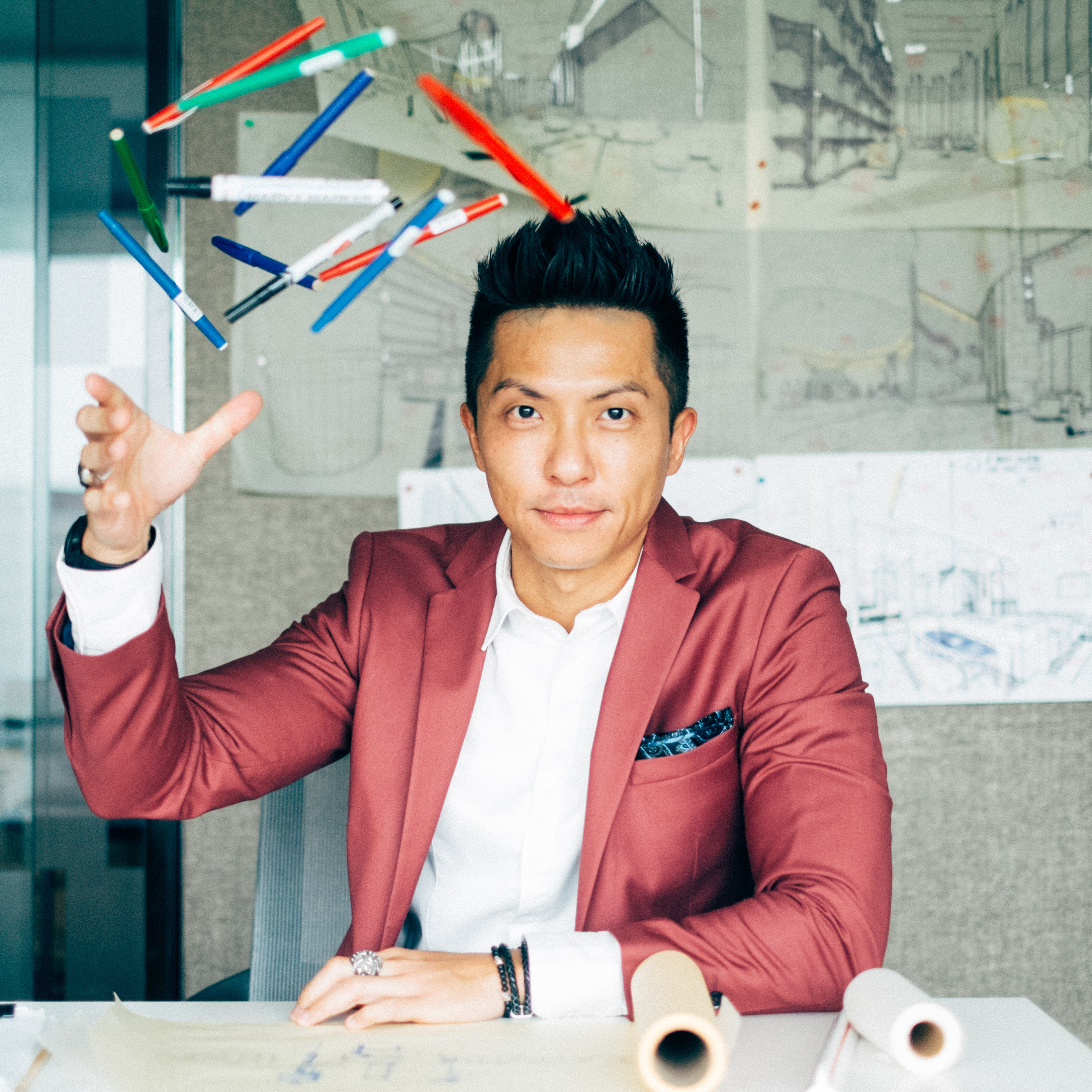
“Luxury goes above and beyond; it creates magic. The bigger goal is to create curated experiences that are different, not for the sake of being different, but for creating one-off, bespoke experiences that one can’t get anywhere else.”
New design strategies also cater to new habits, or new norms and preferences. “Guests are spending more time in the bathroom than ever before, so we turn the bathrooms into a spa-like experience. We include large walk-in showers with a myriad of showerheads, a separate cubicle for the toilet, and a walk-in closet, which can be easily accessed from the bathroom, so guests don’t have to leave the bathroom to get dressed,” Leonard explains.
When designing for the Asian guests, Leonard first consideration starts is their fondness for the outdoors. “But they don’t necessarily like to be exposed to direct sunlight,” he interjects. “Knowing this, we create screened-in balconies with televisions and ceiling fans, turning the often-underutilized outdoor balcony into another extension of the guestroom.
“For me, luxury is all about crafting unique experiences for guests. I always challenge our designers to focus on redesigning the ordinary, like something as simple as a showerhead. Re-imagine and redefine how a closet, bathroom or bedroom is designed to make the space more efficient, and ultimately more enjoyable, to use.
The old standard for luxury accommodation has hinged on uniformity and consistency. Chain hotels have developed a brand look that is then rolled out to different markets. They occasionally paid lip service to local culture and vernacular architecture, collecting random artifacts and design gestures, but the general objective has been to stay true to the brand template. It has been said that you can sleepwalk in these hotels wherever you are because the look and layouts are practically the same everywhere.
As more people join the luxury traveler cohort, designers who create accommodations for them are listening more closely in order to fill the gap between demand for luxurious spaces and delivery of unique luxury experiences.
“The Asian customer is here to stay, and their global presence and purchasing power is growing exponentially, especially in the luxury sector; we have to cater our designs to their needs. A resort patron from the West is more likely to lounge by the pool during the day, whereas the Asian guest is typically done with the pool by 10am. They don’t want any more sun exposure. Ergo, we created the indoor balcony, where they can lounge in a quasi-outdoor space. We also put two televisions in the guestrooms: one in the balcony, where the men can watch sports, and one in the bedroom where the wife and/or children can watch a movie.
When it comes to amenities, Leonard says that the Asian guest is quite spoiled for choice. In Asia, luxury hoteliers and operators provide the finest amenities that aren’t typically provided in Western hotels, he points our, even if the hotel has the same operator. “In Asia, your basic amenities include fluffy bedroom slippers, a Nespresso machine, complimentary bottles of water, large flat-screen TVs, and the list goes on.
“But there’s a caveat to that statement because luxury is not about providing what’s typical. Luxury goes above and beyond. Luxury creates magic. Yes, elevated amenities are nice, but the bigger goal is to create curated experiences that are different, not for the sake of being different, but for the sake of creating one-off, bespoke experiences that you can’t get anywhere else. And as designers, we get to be part of creating that lasting experience.”
There are many firms that focus only on the ‘look’ aspect of design. “Early in my career, I remember reading about what Tony Chi calls ‘invisible design’, and I was completely blown away by this concept. It's something we focus on a lot in our projects. It's the undetectable subtleties, how they engage all of the guest’s senses, not just focusing on how something ‘looks’, but also on how it actually feels.
“We always aim to create spaces where our guests become immersed in our storytelling; where they become the ‘actors’ in our elaborate stage production. This to me is what real luxury is all about. Everyone is doing more or less the same thing, and that's where I believe we make a difference. When we present to our clients, we don't point out the facts, we bring them along on our journey, where they'll be able to experience this unique sensation of ‘invisible design’.








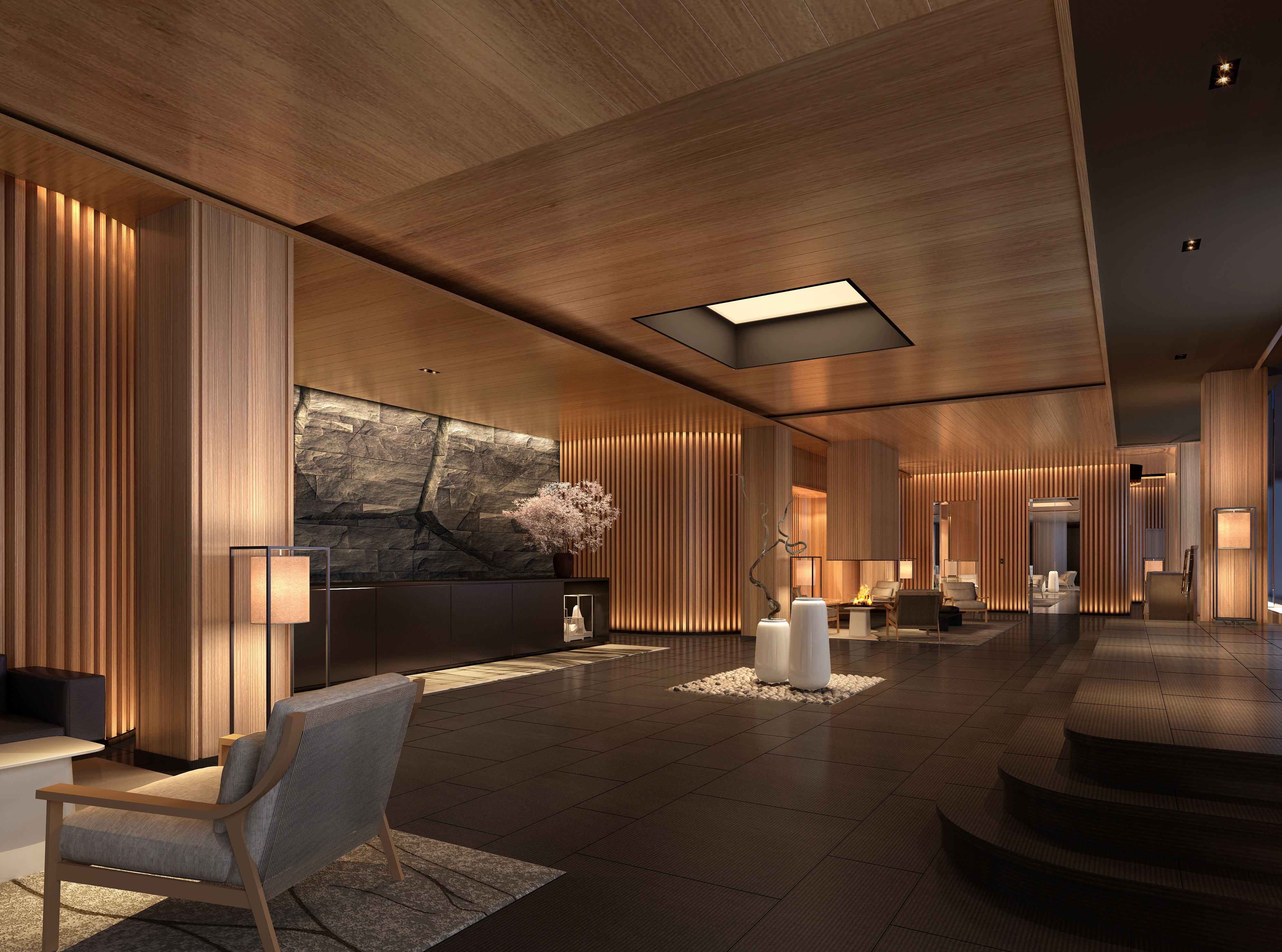

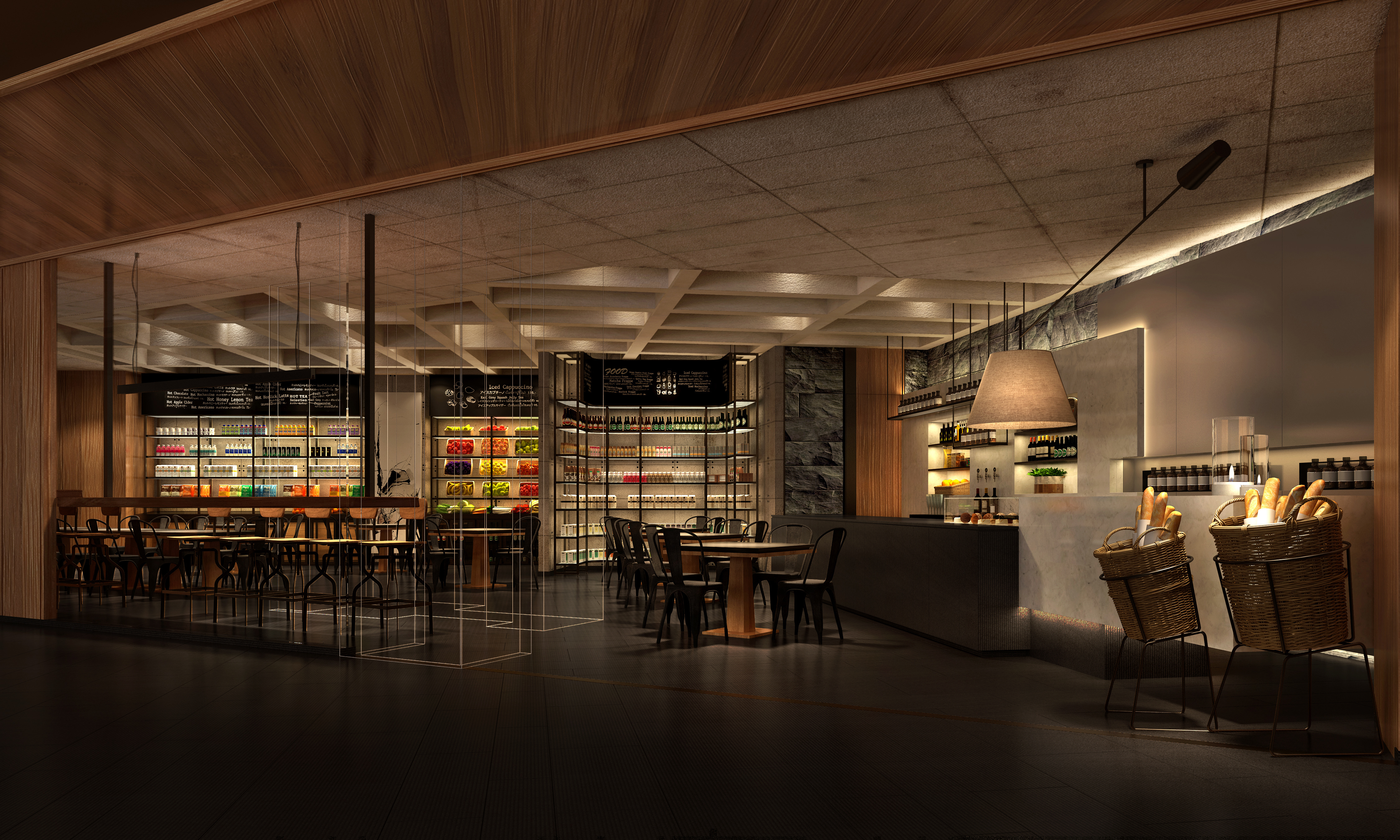



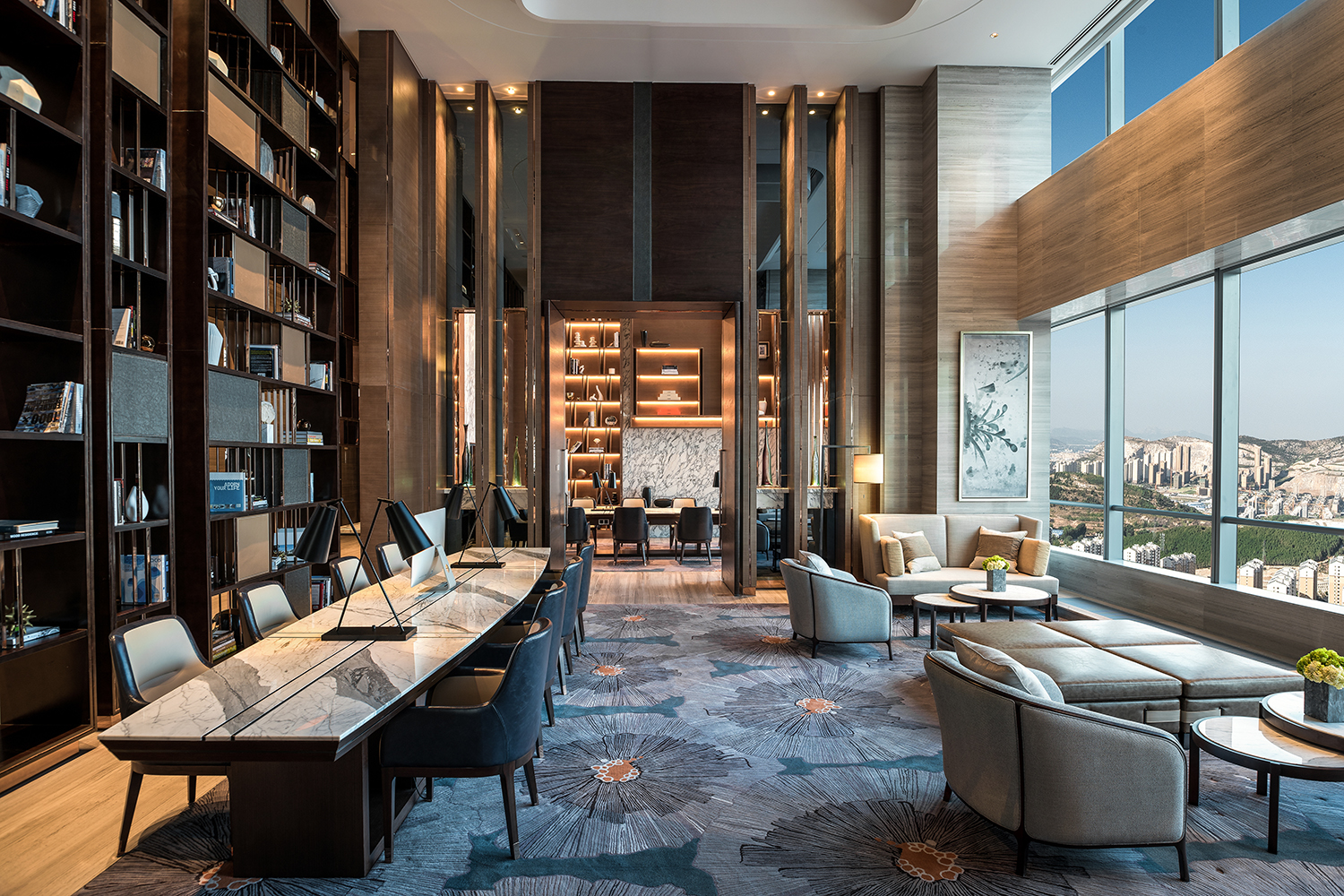
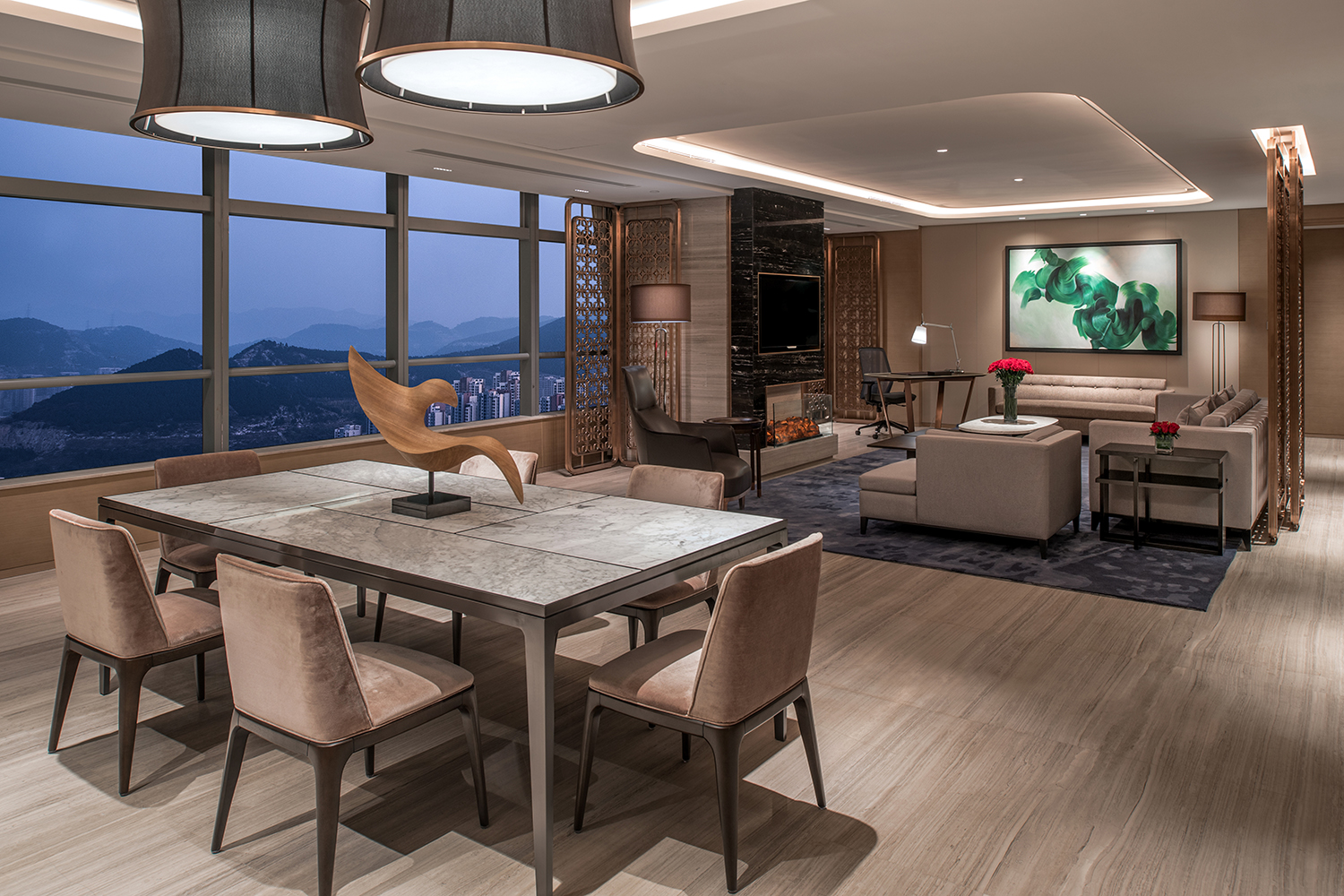

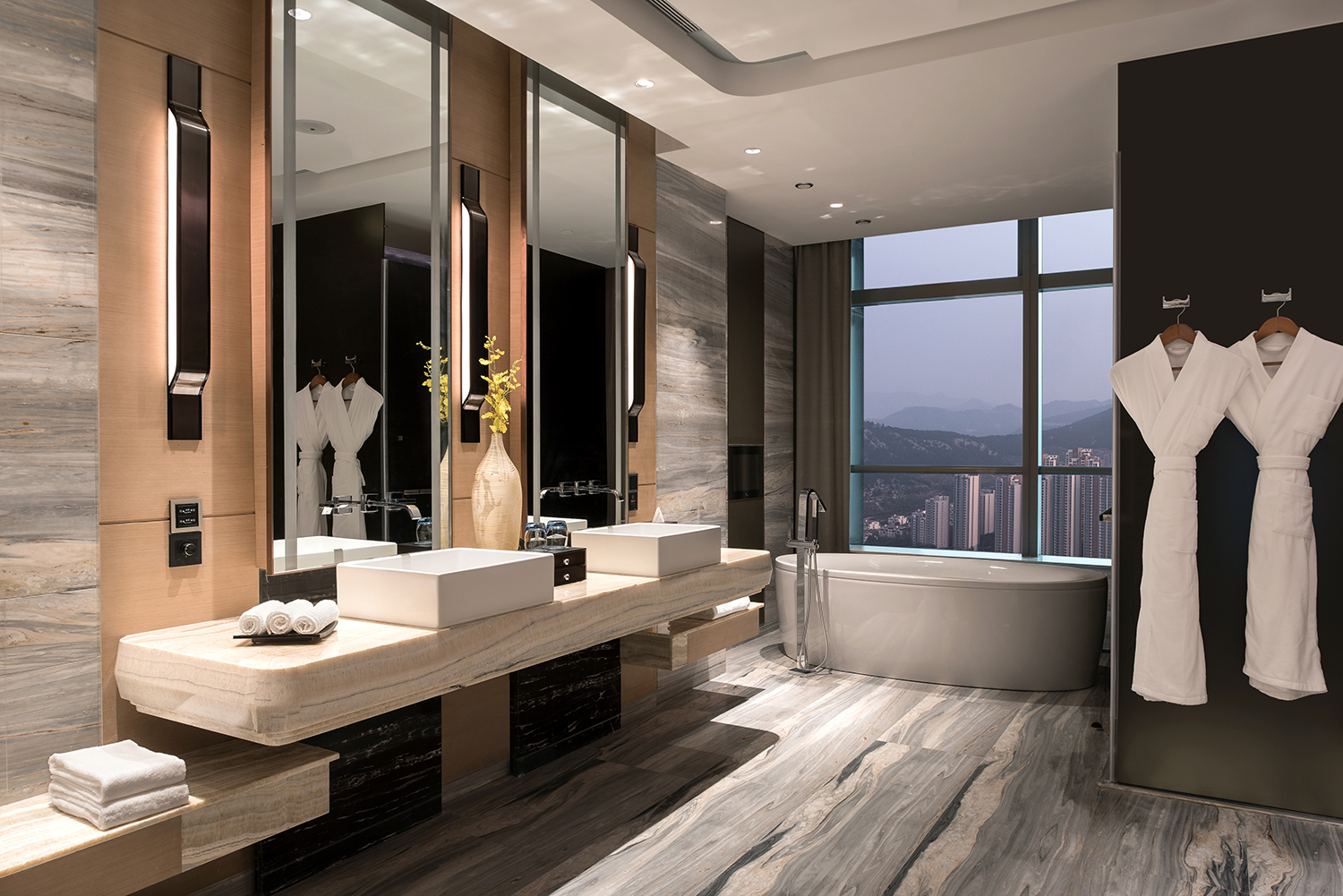
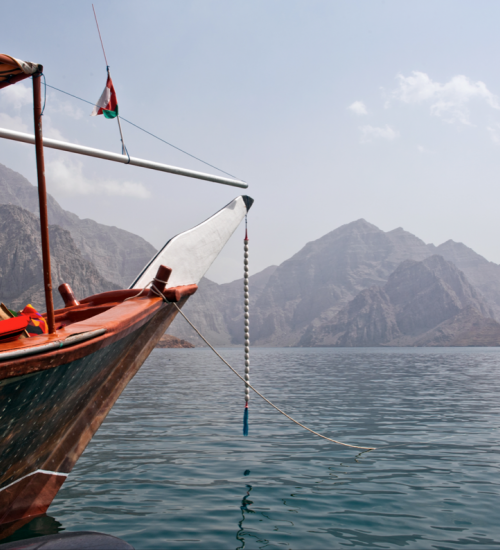
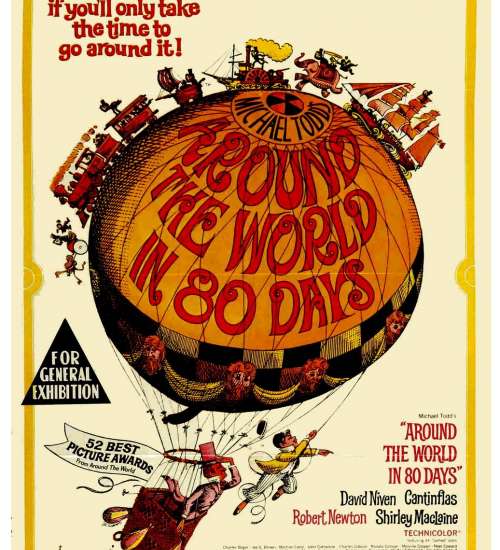
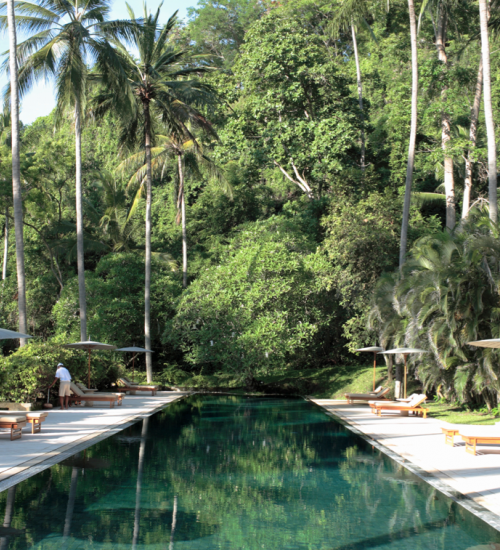
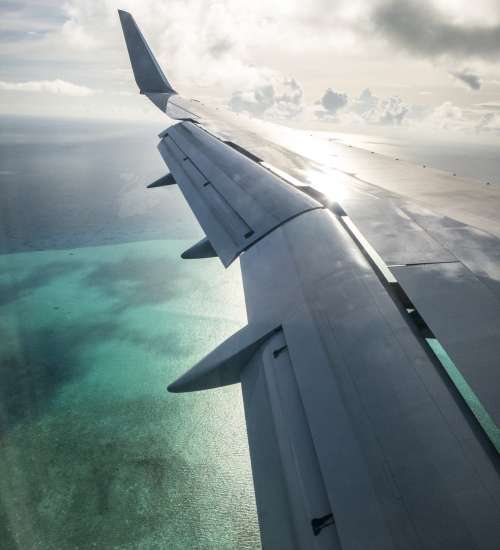
 Back
Back
